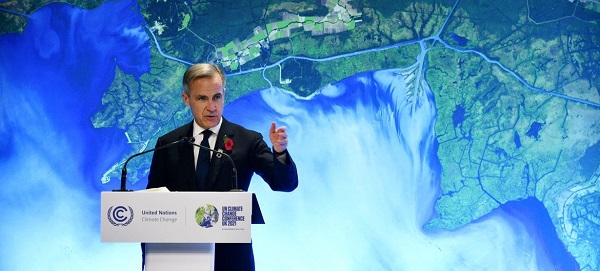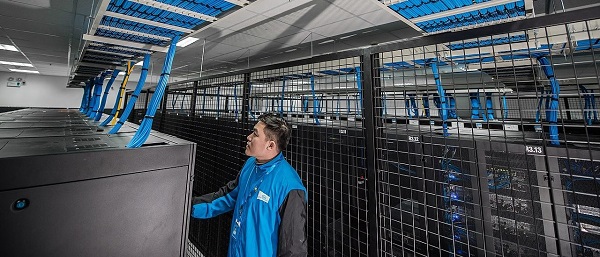Business
Government Subsidies and the Oil and Gas Industry
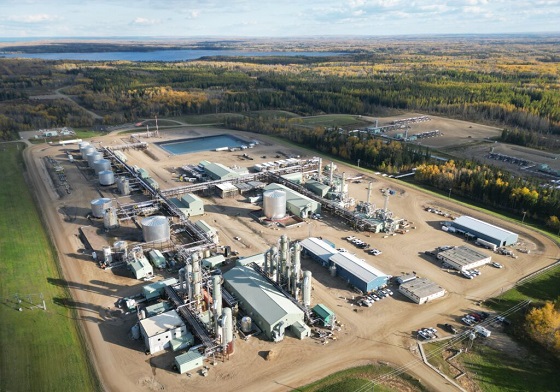
A look at Strathcona Resources Ltd.
Does the Canadian government subsidize companies operating in our oil and gas sector? According to research by science and technology journalist Emily Chung, between $4.5 billion and $81 billion of public funds are spent each year for assistance to the industry. But Chung notes how ambiguous definitions (what exactly is a subsidy?) mean that those numbers come with serious caveats.
I thought I’d make this discussion a bit more manageable by focusing on just one industry player: Strathcona Resources Ltd.
Strathcona is big. They produce around 185,000 barrels of oil equivalent each day and the company is currently ranked 98th among publicly traded companies in Canada in terms of market cap ($5 billion) and 88th for operating margin (21.59%).
The Audit does this work in part because paid subscribers share the load. Why not join, too?
What Is a Subsidy?
In the context of their report on the fossil fuel industry, the Department of Finance Canada asserts that “subsidies” can include:
- tax expenditures,
- grants and contributions,
- government loans or loan guarantees at favourable rates,
- resources sold by government at below-market rates
- research and development funding
- government intervention in markets to lower prices
The report defines tax expenditures as:
A type of tax measure, such as a preferential tax rate, exemption, deduction, deferral, or credit, with which the government aims to achieve public policy objectives through the tax system.
In the specific context of Strathcona, I could find no evidence that they’d received any direct public funding or “bailouts”. The government did recently announce a billion dollar partnership with the Canada Growth Fund (CGF) to build carbon capture and sequestration infrastructure, but that’s clearly an investment and not a subsidy. CGF is a Canadian arm’s-length crown corporation whose investments are managed by the Public Sector Pension Investment Board.
Strathcona’s 2023 Annual Report includes a reference to only one loan liability, but that had already been paid off and, in any case, wasn’t guaranteed by any level of government.
What Tax Benefits Does Strathcona Receive?
Many. The company’s annual report discusses its $6.1 billion “tax pool”. The pool is made up of deductions and credits that it can’t use this year, but that can be deferred for use in future years. Here’s how those break down:
The “Other Tax Deductions” item includes the Scientific Research and Experimental Development (SRED) deduction. That represents amounts spent on SRED-eligible research that companies can deduct from their payable taxes.
What Grant Funding Does Strathcona Receive?
Open Government data reports that only two federal grants were awarded to Strathcona, both in 2023. The first, worth $3.2 million, came from Natural Resources Canada as part of their Energy Innovation Program. Its purpose was development of Lindbergh Semi-Closed Cycle Flue Gas Recirculation and Carbon Capture.
The second grant was worth $12.5 million. It involved Environment and Climate Change Canada looking for an Orion Organic Rankine Cycle Waste Heat Recovery and Power Generation Project.
What Benefits Do Governments Receive From Strathcona?
Government subsidies don’t exist in a vacuum. As a rule, it’s assumed that subsidies to the private sector work as an investment whose primary payback is in profitable economic activity. Governments can also enjoy direct benefits.
In 2023, for example, Strathcona paid more than $405 million in crown royalties to provincial governments. They also spent $2.4 billion as operating expenses that included labor, energy costs, transportation, processing, and facility maintenance. Most of that money was spent in Canada.
A very rough estimate would suggest that total annual personal income taxes generated by people employed by Strathcona would be somewhere around $14 million. Vendors might pay another $13 million in corporate taxes.
There are also indirect benefits. For instance, those with jobs around the oil patch are, obviously, not unemployed and receiving EI benefits.
We could also take into account the larger impact Strathcona has on the general economy. Think about the food, shelter, clothing, and entertainment spending done by the families of Strathcona (and their vendors’) employees. That money, too, performs important social and economic service.
So does Strathcona receive more from government subsidies than the money they feed back into government accounts? Well, the $405 million in crown royalties are likely annual payments, as are the $27 million paid as income taxes. That’s what governments get. On the other side of the balance sheet, there is the $6.1 billion in deferred taxes and $16 million in grants. Those will probably be amortized over multiple years.
But does the word “subsidy” really describe tax benefits in any useful way? After all, there’s no company in all Canada – my own company included – that doesn’t deduct legitimate business expenses. And each and every Canadian receives similar benefits whenever they file their T1. For illustration, a Canadian whose total income happened to match the national average ($55,600) pays around $5,600 less in taxes each year due to various deductions and credits – including the basic personal amount.
Does that mean we’re all receiving government subsidies? There’s nothing wrong with thinking about it that way, but it does kind of strip the word of any real meaning.
Now you could reasonably argue that $6 billion is an awful lot of deferred tax, especially for a company with a 22% operating margin. And you could look to the tax code’s complexity for answers as to how this could have happened. But that’s not a subsidy in any coherent sense.
Think the tax code should be reformed? The line forms right behind me. However, the problem with playing around with the tax code is that changes apply to everyone, not just Strathcona or some other preferred target. Successfully anticipating how that might play out in dark and unanticipated ways isn’t the kind of thing for which governments are famous.
The Audit does this work in part because paid subscribers share the load. Why not join, too?
Business
The UN Pushing Carbon Taxes, Punishing Prosperity, And Promoting Poverty


From the Daily Caller News Foundation
Unelected regulators and bureaucrats from the United Nations have pushed for crushing the global economy in the name of saving the planet.
In October, the International Maritime Organization (IMO), a specialized agency within the U.N., proposed a carbon tax in order to slash the emissions of shipping vessels. This comes after the IMO’s April 2025 decision to adopt net-zero standards for global shipping.
Had the IMO agreed to the regulation, it would have been the first global tax on greenhouse gas emissions. Thankfully, the United States was able to effectively shut down those proposals; however, while these regulations have been temporarily halted, the erroneous ideas behind them continue to grow in support.
Proponents of carbon taxes generally argue that since climate change is an existential threat to human existence, drastic measures must be taken in all aspects of our lives to address the projected costs. People should eat less meat and use public transportation more often. In the political arena, they should vote out so-called “climate deniers.” In the economic sphere, carbon taxes are offered as a technocratic quick fix to carbon emissions. Is any of this worth it? Or are the benefits greater than the costs? In the case of climate change, the answer is no.
Carbon taxes are not a matter of scientific fact. As with all models, the assumptions drive the analysis. In the case of carbon taxes, the time horizon selected plays a major role in the outcome. So, too, does the discount rate and the specific integrated assessment models.
In other words, “Two economists can give vastly different estimates of the social cost of carbon, even if they agree on the objective facts underlying the analysis.” If the assumptions are subjective, as they are in carbon taxes, then they are not scientific facts. As I’ve pointed out, “carbon pricing models are as much political constructs as they are economic tools.” One must also ask whether carbon taxes will remain unchanged or gradually increase over time to advance other political agendas. In this proposal, the answer is that it increases over time.
Additionally, since these models are driven by assumptions, one would be right in asking who gets to impose these taxes? Of course, those would be the unelected bureaucrats at the IMO. No American who would be subject to these taxes ever voted for the people attempting to create the “world’s first global carbon tax.” It brings to mind the phrase “no taxation without representation.”
In an ironic twist, imposing carbon taxes on global shipping might actually be one of the worst ways to slash emissions, given the enormous gains from trade. Simply put, trade makes the world grow rich. Not just wealthy nations like those in the West, but every nation, even the most poor, grows richer. In wealthy countries, trade can help address climate change by enabling adaptation and innovation. For poorer countries, material gains from trade can help prevent their populations from starving and also help them advance along the environmental Kuznets curve.
In other words, the advantages of trade can, over time, make a country go from being so poor that a high level of air pollution is necessary for its survival to being rich enough to afford reducing or eliminating pollution. Carbon taxes, if sufficiently high, can prevent or significantly delay these processes, thereby undermining their supposed purpose. Not to mention, as of today, maritime shipping accounts for only about 3% of total global emissions.
The same ingenuity that brought us modern shipping will continue to power the global economy and fund growth and innovation, if we let it. The world does not need a layer of global bureaucracy for the sake of virtue signaling. What it needs is an understanding of both economics and human progress.
History shows that prosperity, innovation, and free trade are what make societies cleaner, healthier, and richer. Our choice is not between saving the planet and saving the economy; it is between free societies and free markets or surrendering responsibility to unelected international regulators and busybodies. The former has lifted billions out of poverty, and the latter threatens to drag us all backwards.
Samuel Peterson is a Research Fellow at the Institute for Energy Research.
Agriculture
Federal cabinet calls for Canadian bank used primarily by white farmers to be more diverse

From LifeSiteNews
A finance department review suggested women, youth, Indigenous, LGBTQ, Black and racialized entrepreneurs are underserved by Farm Credit Canada.
The Cabinet of Prime Minister Mark Carney said in a note that a Canadian Crown bank mostly used by farmers is too “white” and not diverse enough in its lending to “traditionally underrepresented groups” such as LGBT minorities.
Farm Credit Canada Regina, in Saskatchewan, is used by thousands of farmers, yet federal cabinet overseers claim its loan portfolio needs greater diversity.
The finance department note, which aims to make amendments to the Farm Credit Canada Act, claims that agriculture is “predominantly older white men.”
Proposed changes to the Act mean the government will mandate “regular legislative reviews to ensure alignment with the needs of the agriculture and agri-food sector.”
“Farm operators are predominantly older white men and farm families tend to have higher average incomes compared to all Canadians,” the note reads.
“Traditionally underrepresented groups such as women, youth, Indigenous, LGBTQ, and Black and racialized entrepreneurs may particularly benefit from regular legislative reviews to better enable Farm Credit Canada to align its activities with their specific needs.”
The text includes no legal amendment, and the finance department did not say why it was brought forward or who asked for the changes.
Canadian census data shows that there are only 590,710 farmers and their families, a number that keeps going down. The average farmer is a 55-year-old male and predominantly Christian, either Catholic or from the United Church.
Data shows that 6.9 percent of farmers are immigrants, with about 3.7 percent being “from racialized groups.”
National census data from 2021 indicates that about four percent of Canadians say they are LGBT; however, those who are farmers is not stated.
Historically, most farmers in Canada are multi-generational descendants of Christian/Catholic Europeans who came to Canada in the mid to late 1800s, mainly from the United Kingdom, Ireland, Ukraine, Russia, Italy, Poland, the Netherlands, Germany, and France.
-
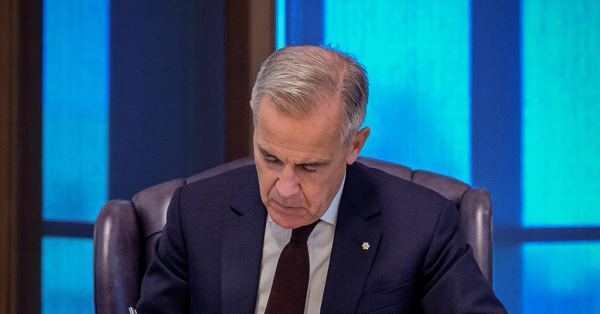
 Business2 days ago
Business2 days agoLiberal’s green spending putting Canada on a road to ruin
-

 Alberta20 hours ago
Alberta20 hours agoAlberta Offers Enormous Advantages for AI Data Centres
-

 Media2 days ago
Media2 days agoBreaking News: the public actually expects journalists to determine the truth of statements they report
-
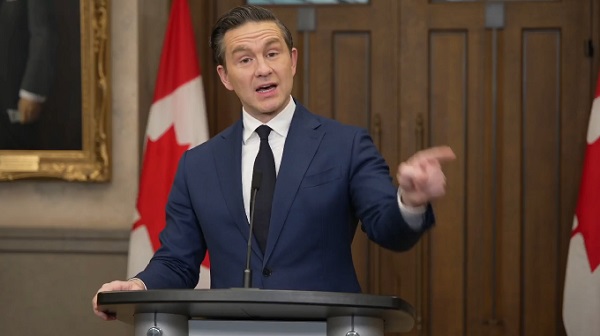
 Artificial Intelligence2 days ago
Artificial Intelligence2 days agoAI seems fairly impressed by Pierre Poilievre’s ability to communicate
-
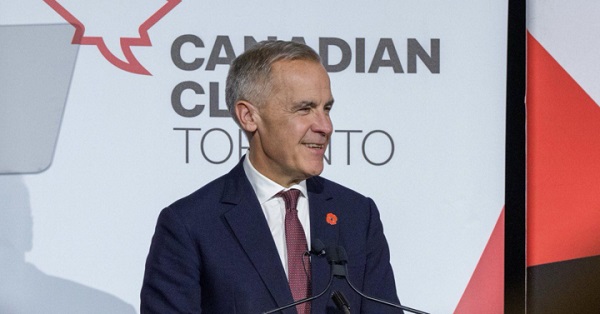
 Business2 days ago
Business2 days agoCarney doubles down on NET ZERO
-

 Alberta19 hours ago
Alberta19 hours agoNational Crisis Approaching Due To The Carney Government’s Centrally Planned Green Economy
-

 Also Interesting2 days ago
Also Interesting2 days agoHistoric Return: NHL Confirms Player Participation in 2026 Winter Olympics
-

 Alberta22 hours ago
Alberta22 hours agoCalgary mayor should retain ‘blanket rezoning’ for sake of Calgarian families





